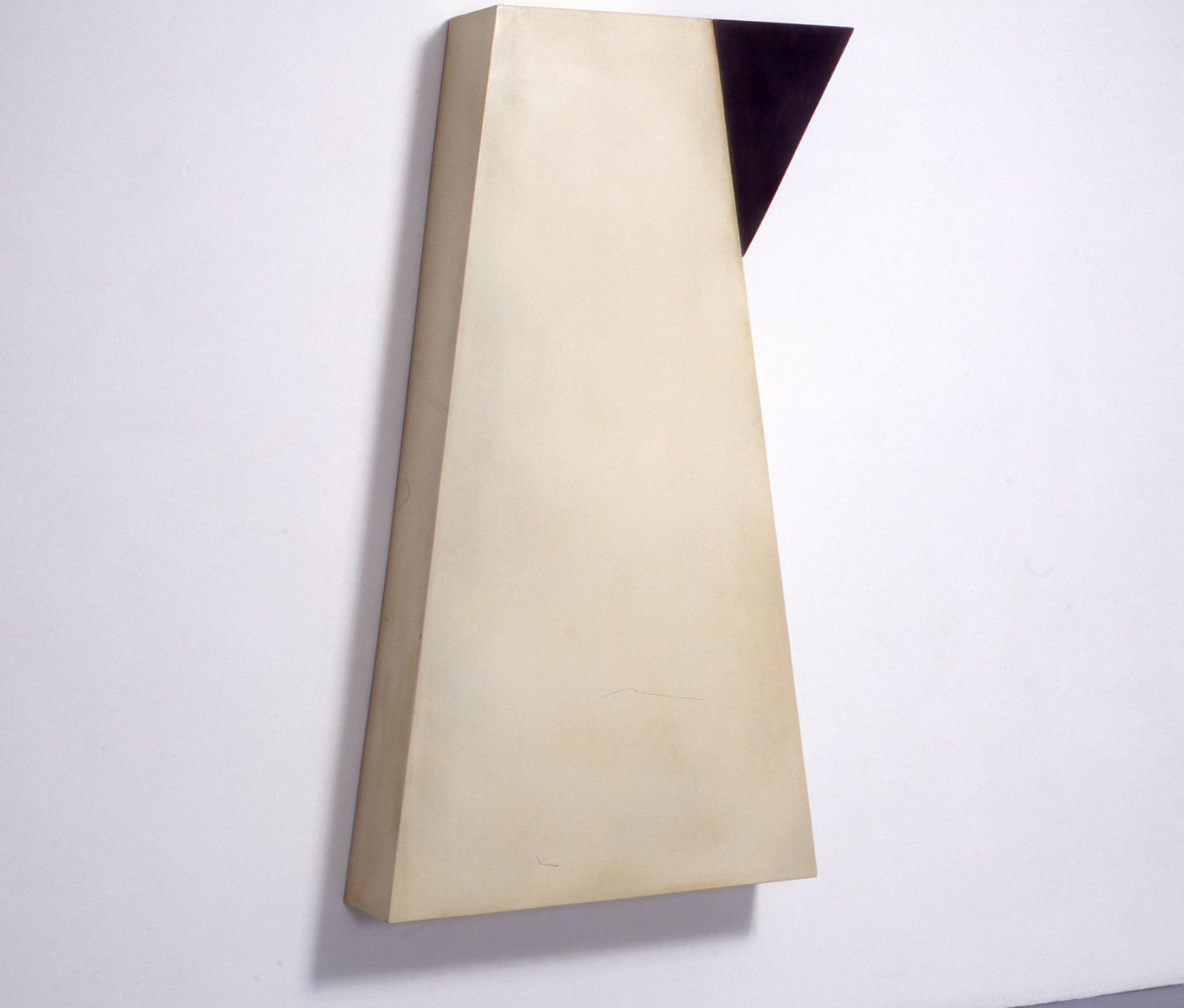
Panel discussion
The Parallels of British and American Sculpture during the 1980s
With Richard Deacon, Richard Wentworth, Dr Joy Sleeman and Dr Ziba Ardalan
Monday 28 November, 7pm
£8/6 conc.
The discussion will primarily focus on the practice of sculpture during the 1980s in both USA and UK, considering the use of materials, approaches and defining a new understanding of three-dimensional object-making from opposite sides of the Atlantic during this era.
Richard Deacon Deacon’s first one-man show was held in 1978 at The Gallery, Brixton, London. This led to a string of solo exhibitions, both nationally and internationally, notably at the Riverside Studios in 1984, Tate Gallery, London, in 1985, the Whitechapel Art Gallery, London, in 1988 and at Tate Gallery Liverpool in 1999. An exhibition of his work toured South America in 1996-97. He was one of three artists representing Wales at the 52nd Bienniale of Art in Venice in 2007 and a major exhibition at Tate Britain 2014.
Since 1981 Deacon has participated in many key group exhibitions throughout the world, including the 1983 Sao Paolo Bienniale, the 1985 Carnegie International, the 1989 Sydney Biennial, Dokumenta lX in 1992. He won the Turner Prize in 1987. Deacon has written extensively on his own practice and in relation to contemporary art and ideas. A selected collection – So, And, If, But; Writings 1970 – 2012 was published in 2014.
Richard Wentworth studied art at Hornsey College of Art in North London from 1965, and then at the Royal College of Art where he was a contemporary of Bill Woodrow and Tony Cragg and became identified with the New British Sculpture movement. His interests are in the juxtaposition of materials and found elements that do not normally belong together. Between 1971 and 1987, Wentworth taught at Goldsmiths College and his influence has been claimed in the work of some of the Young British Artists. In 1999 Wentowrth curated the exhibition Thinking Aloud at Kettle’s Yard that explored the creative process as well as the profligate nature of mass production and consumerism.
Dr Joy Sleeman is Reader in Art History and Theory at UCL Slade School of Fine Art. Her research is focused on the histories of sculpture and landscape, especially 1960s and 70s land art. She co-curated the most comprehensive exhibition of British land art to date, Uncommon Ground: Land Art in Britain 1966-1979, for the Arts Council Collection and Hayward Touring.
Sleeman’s recent publications have explored relationships between art in America and Britain and between artists and curators, for example ‘Lawrence Alloway, Robert Smithson and Earthworks’, in L. Bradnock, C.J.Martin and R. Peabody (eds), Lawrence Alloway: Critic and Curator (Los Angeles US: Getty Publications, 2915). Current projects include a book on the sculpture of Roelof Louw (Ridinghouse); acting as advisor to an exhibition on David Lamelas in Long Beach, California, USA. Since 2000 she has been a member of the editorial board of the Sculpture Journal the leading academic journal for research in sculpture.
Dr Ziba Ardalan is the Founder, Director and Curator of Parasol unit foundation for contemporary art. After having obtained a PhD in science, Ardalan studied art history at Columbia University, New York and started her art career at the Whitney Museum of American Art. In 1987 Ardalan became the first Director of the Swiss Institute, New York. Prior to moving to London and founding Parasol unit, Ardalan was based in Zurich, Switzerland, where she lectured on art and worked also as an Art Advisor.
Image credit: Robert Therrien, No title, 1993. Courtesy of “La Caixa” Collection of Contemporary Art. Photography courtesy of Galerie Micheline Szwajcer

